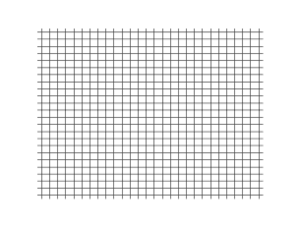Longitudinal wave facts for kids
A longitudinal wave is a special kind of wave where the tiny bits that make up the material (called particles) move back and forth in the same direction that the wave is traveling. Think of it like a Slinky toy: if you push one end, the squeeze travels along the Slinky, but each coil only moves a little bit forward and then back.
These waves are also known as pressure waves because they create areas where the particles are squished together (high pressure) and areas where they are spread out (low pressure). The most common example of a longitudinal wave that you experience every day is a sound wave. When you speak, sound travels through the air as longitudinal waves.
Contents
What is a Longitudinal Wave?
A longitudinal wave is a wave where the movement of the particles is parallel to the direction the wave energy is moving. This means if the wave is going from left to right, the particles in the material also wiggle left and right. They don't move up and down like waves on water.
Imagine a long line of dominoes. If you push the first domino, it falls and pushes the next one, and so on. The "wave" of falling dominoes travels along the line, but each domino only moves a short distance forward before stopping. This is similar to how particles behave in a longitudinal wave.
How Do Longitudinal Waves Work?
When a longitudinal wave moves through something, it creates two main types of areas:
- Compressions: These are places where the particles are pushed very close together. Think of it as a "squeeze" in the material. This is an area of higher pressure.
- Rarefactions: These are places where the particles are spread far apart. This is like a "stretch" or "expansion" in the material. This is an area of lower pressure.
The wave moves by passing these compressions and rarefactions along. One particle pushes the next, which then pushes the next, and so on. The energy of the wave travels, but the individual particles just vibrate back and forth around their original spot. They don't travel along with the wave itself.
Examples of Longitudinal Waves
The most familiar example of a longitudinal wave is sound.
Sound Waves
When you talk, sing, or play an instrument, you create vibrations. These vibrations push and pull on the air particles right next to them. These air particles then push and pull on the next ones, and so on. This creates a chain reaction of compressions and rarefactions that travel through the air to your ears. Sound waves can travel through different materials like air, water, and even solid objects. The speed of sound depends on the material it's traveling through. For example, sound travels much faster through water than through air.
Seismic P-waves
When an earthquake happens, it sends out different types of waves through the Earth. One type is called a P-wave (which stands for "primary wave"). P-waves are longitudinal waves. They travel by compressing and expanding the rocks and soil inside the Earth. Because they are longitudinal, P-waves are usually the fastest seismic waves and are the first ones to arrive at a seismic station after an earthquake.
Longitudinal vs. Transverse Waves
It's helpful to compare longitudinal waves with another common type: transverse waves.
- Longitudinal waves: Particles move parallel to the wave's direction. (Example: Sound waves, Slinky pushed end-to-end)
- Transverse waves: Particles move perpendicular (at right angles) to the wave's direction. (Example: Waves on water, light waves, Slinky wiggled side-to-side)
Understanding the difference helps you see how waves can carry energy in different ways through different materials.
See also
 In Spanish: Onda longitudinal para niños
In Spanish: Onda longitudinal para niños


